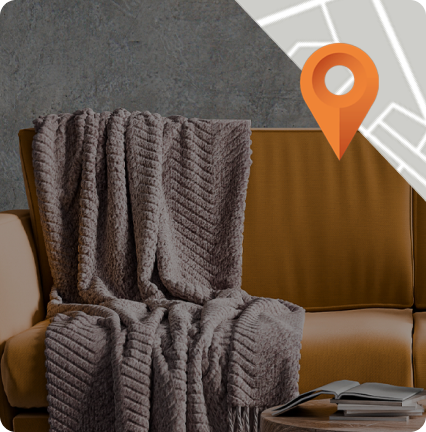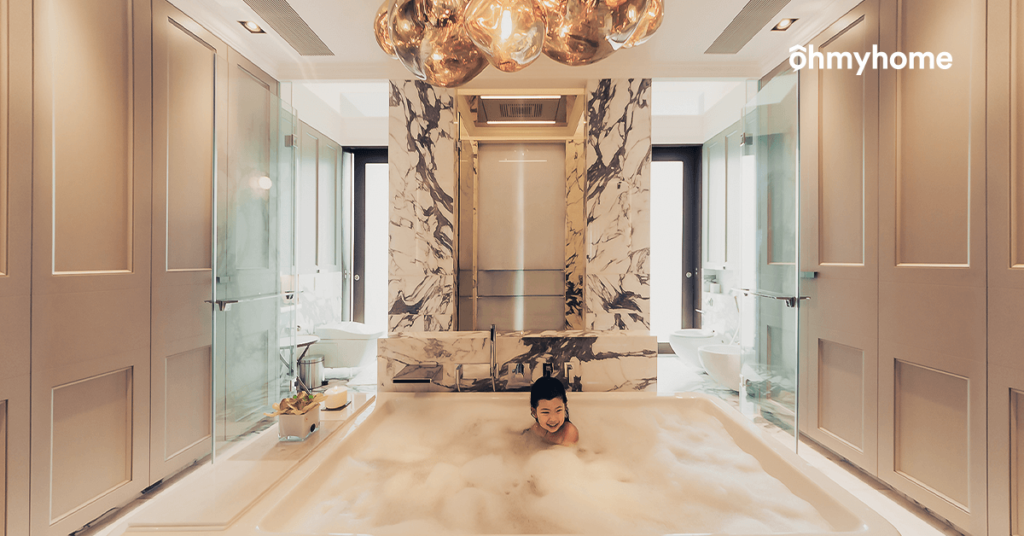As one of the most frequently used spaces in a home, the bathroom (along with the kitchen) often takes top priority when the time to remodel comes. Understandably, it can be an overwhelming process.
A good way to start is by choosing your sanitary fittings — items that are affixed or secured on walls or floors, such as bathtubs, sinks, showers, toilets, faucets and even vanities.
Having the right ones can make a bathroom more functional, easy to maintain and serene for everyone who uses it.
For example: perhaps you enjoy the rush of water from an overhead rain shower, but a hand shower provides greater flexibility of use. Or, maybe, you prefer the look of a rounded knob, but a flat lever has a better grip. Which will you choose?
Little things like that go a long way in making your bathroom more comfortable, so it’s crucial that you find what fits both your budget and lifestyle.
Here’s how!
Shower sets: Overhead shower vs handheld shower head
There are two types of shower sets that everyone typically considers: an overhead shower (more commonly known as the rain shower) and a handheld shower.
Overhead shower
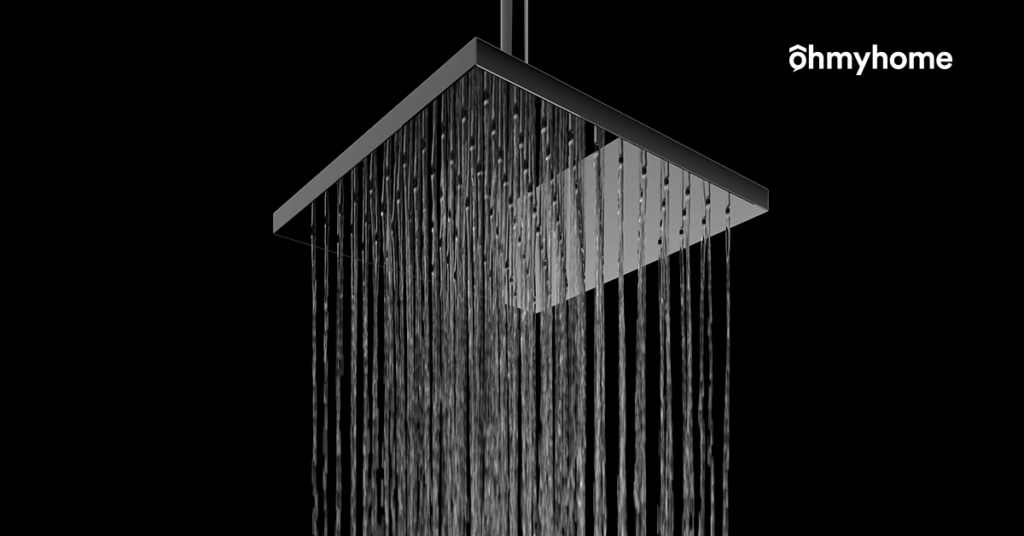
Currently trending in square and round shapes, rain showers are beloved for the rainfall experience it offers.
With its sleek and modern look, a rain shower head can be a stylish addition to your bathroom that requires minimum effort to use, especially on days when you’re too exhausted to move after work or a gruelling gym session. All you’ll have to do is stand under it and enjoy the rainfall experience.
Rain showers have a wider area of flow over the body, so if you prefer being thoroughly soaked quickly, this is for you.
These are, however, pricier than a handheld shower and offer little to no flexibility, if you want to wash your body but not your hair, for example.
Handheld shower head
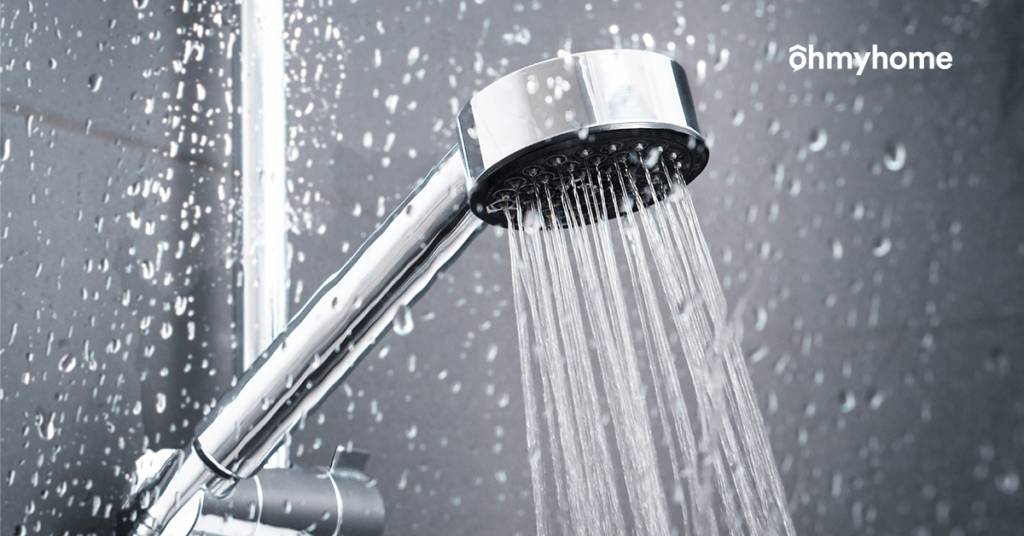
The traditional handheld shower can give you better range of motion and the flexibility to adjust where you’d like the water on your body. For example, it’s easier to avoid getting your hair wet with a handheld shower than a rain shower head.
You can also adjust the spray setting of certain handheld showers, allowing you to control the water pressure as needed.
If you can’t decide between having a rain shower or a handheld one, go for both.
Shower mixers
Once you’ve settled with a shower system, you can start looking at shower mixers, which are valves that draw from both your hot and cold water supplies and mix them so that you can control the temperature of your shower.
There’s a wide range of mixers in the market:
Manual shower mixer
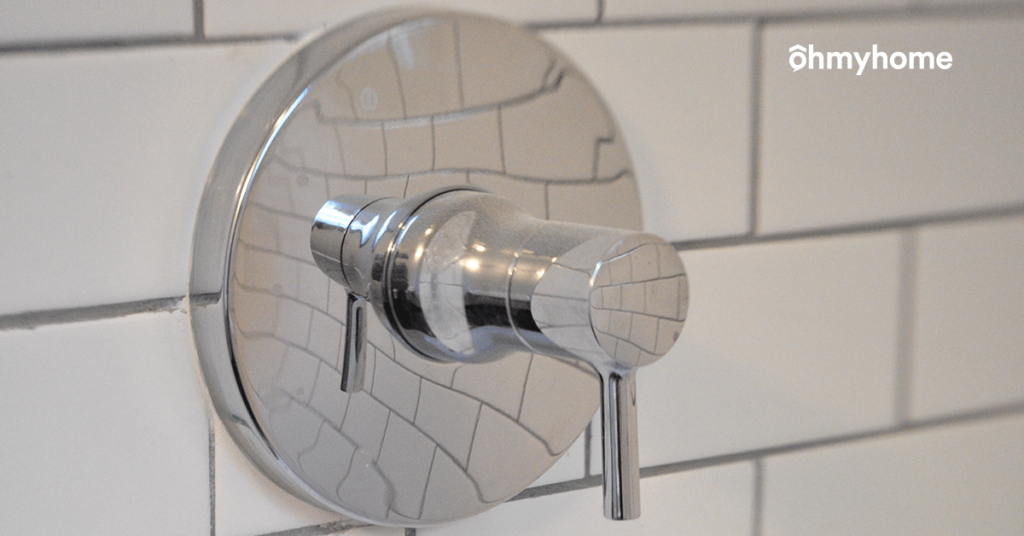
A manual shower mixer, or pressure-balancing valve, is fairly easy to use and simpler to install than other types of shower mixers.
The water flow and heat are controlled by a single tap, so all you will have to do is swing the valve to your desired temperature for the perfect shower.
Thermostatic shower mixer
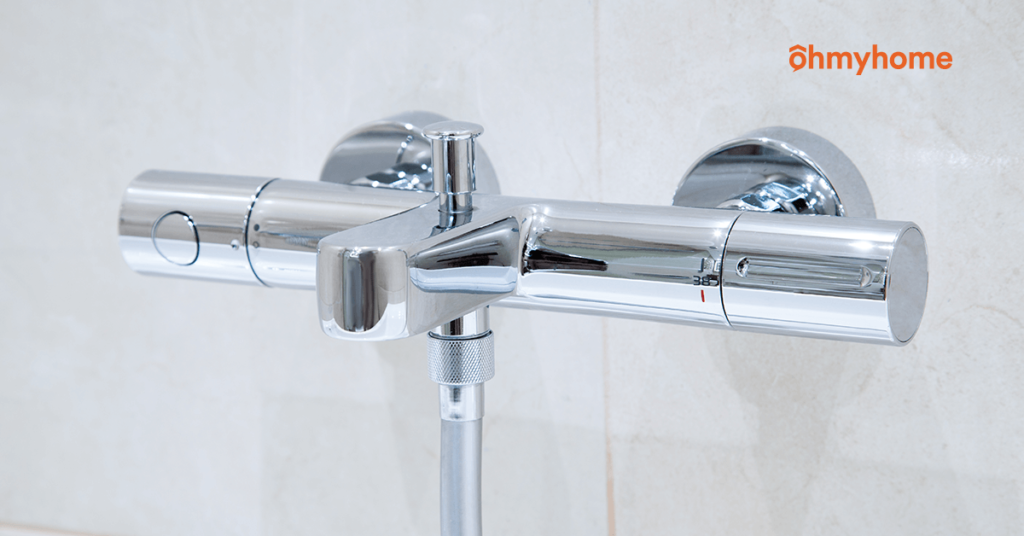
Meanwhile, a thermostatic shower mixer can regulate the shower’s temperature, keeping it at a constant level even when water is being used elsewhere in the home.
As the heat and water flow are controlled separately, you can pre-set the temperature before turning on the shower.
Digital shower mixer
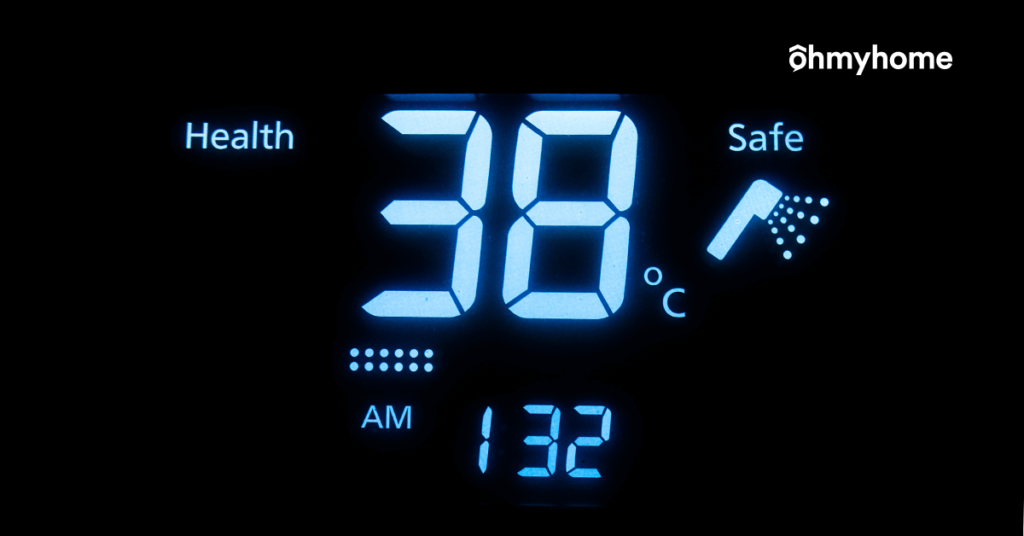
A digital shower mixer constantly regulates the temperature to keep constant the settings you keyed in at the touch of a button. This gives you precise control of the features and digital displays.
Smart shower mixer
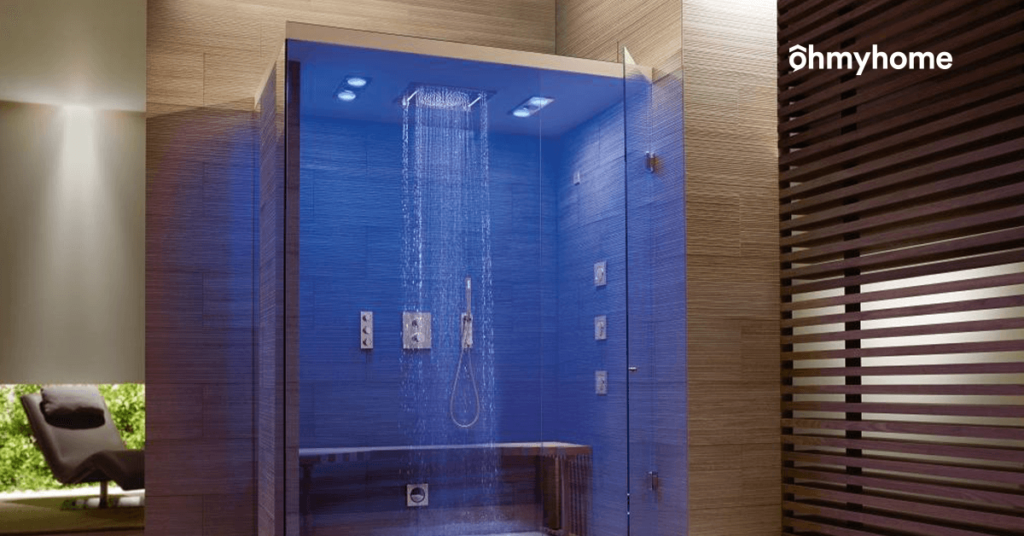
A smart shower mixer is very similar to a digital one — both are accessible remotely and are compatible with smartphones and smart home devices.
For example, Grohe’s multi-sensory shower system is accessible through a mobile app which you can connect to via Bluetooth. There’s also a way to connect to your Spotify playlist so you can change the colour of the lights to set the mood.
But, as you know, a premium experience like this doesn’t come cheap; the shower system comes with a price tag of $30,000. Given the humidity and climate of Singapore, however, perhaps the number of showers you need in a day here may easily justify this investment.
Shower mixer valves: Exposed vs concealed
There are pros and cons to concealing or exposing your shower mixer.
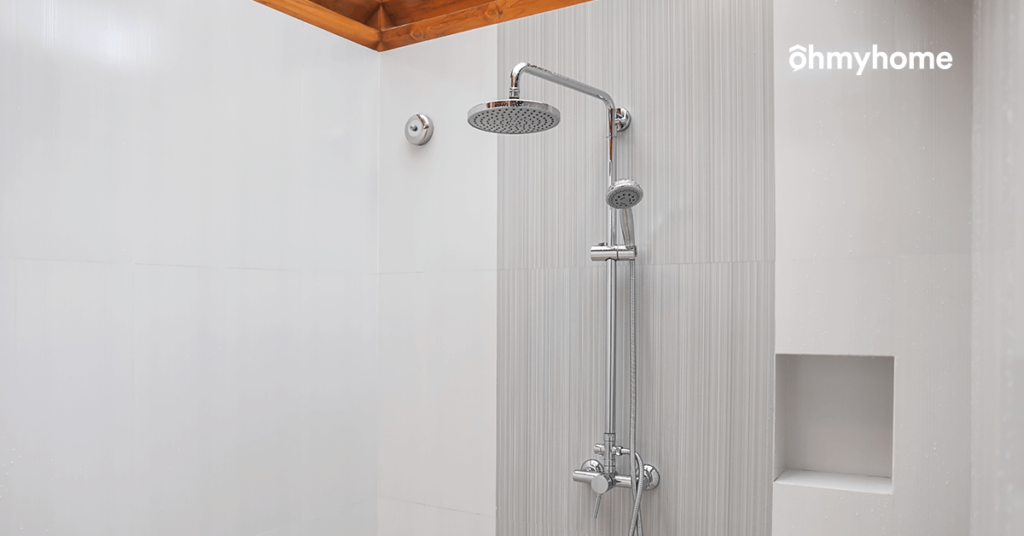
An exposed shower mixer is the traditional style, which keeps the outer workings of the shower mixer valve and pipe attached to the wall. This causes less disruption to your bathroom when it’s being installed and is also much faster to do. Plus, it’s easier to replace in the future.
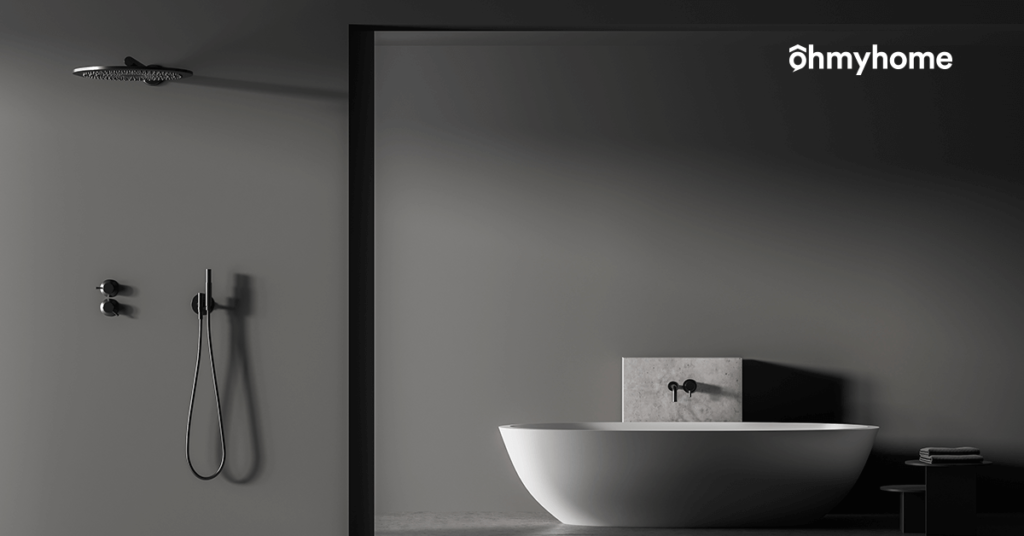
However, if you’re gunning for a sleek and space-saving shower mixer valve, you can opt to conceal it. This basically means hiding the inner workings of the shower in a cavity behind the wall so that it takes up less space in your bathroom. It looks tidier too.
Do note that a concealed shower mixer valve is more expensive than an exposed one.
To be safe, consult your interior designer or contractor to check if your building has specific regulations about sanitary installations.
Shower accessories
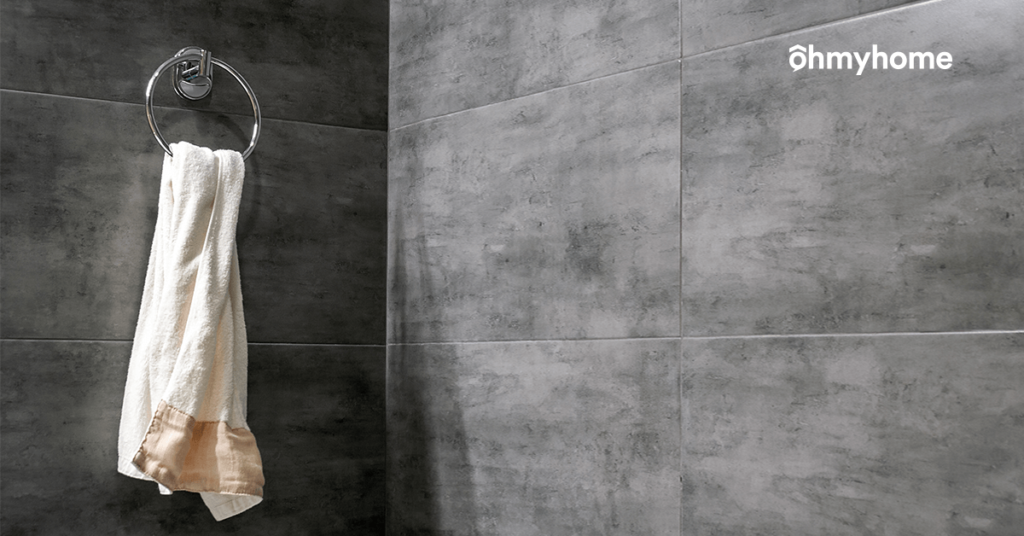
What’s a shower set without its accessories? The essential accessories include a robe hook, towel ring or holder, toilet paper holder, soap dispenser and soap dish with holder. These will complete the functionality of your bathroom and cover every need you may have.
You can also consider getting a grip bar if you live with seniors or someone with a disability.
When remodelling your bathroom, it’s best to think of everyone who will be using it so you can get all the necessary installations done.
Toilet suites
There are two main types of toilet bowls you can choose from: one that’s mounted on the floor and one that’s attached to the wall. Your choice, however, will depend on the type of trap you have, or the piping system for your toilet.
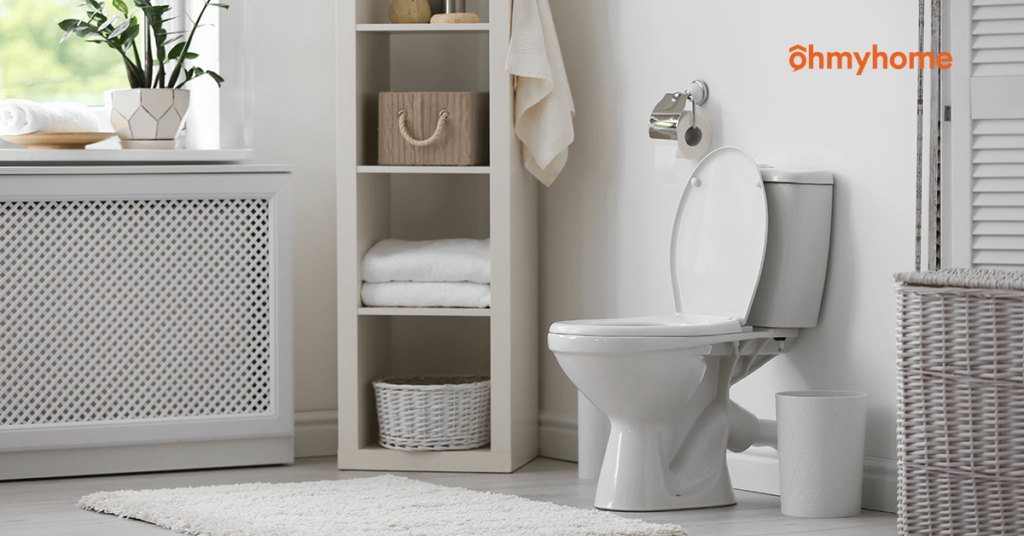
An S-trap pipe is generally connected to the floor while a P-trap one is connected to the wall, though it can also be mounted on the floor, depending on the design.
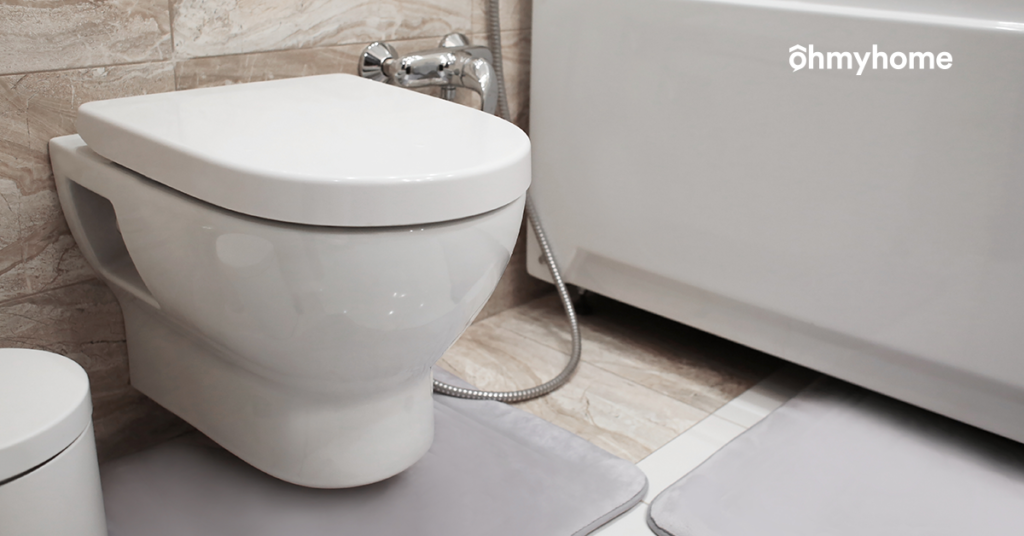
However, do note that a wall-mounted toilet bowl may require additional cleaning of the floor below it. If you want a bowl with lesser maintenance, consider a floor-mounted bowl.
Another important aspect to consider is the flushing system. For example, American Standard’s HygienceClean System has double vortex flushing technology which washes the whole circumference of the toilet to ensure that no stains are left behind.
It also has a rimless design and two water ejection holes for efficient flushing performance while maintaining minimal water usage. Unfortunately, due to its high-standard offerings, it is pricier than your average toilet.
A more affordable option is the Milano one-piece toilet — also from American Standard — which costs about $600. It has a similar flushing technology as the HygieneClean System, as well as a slow-close seat that minimises noise and damage in the long run.
Washbasins and taps
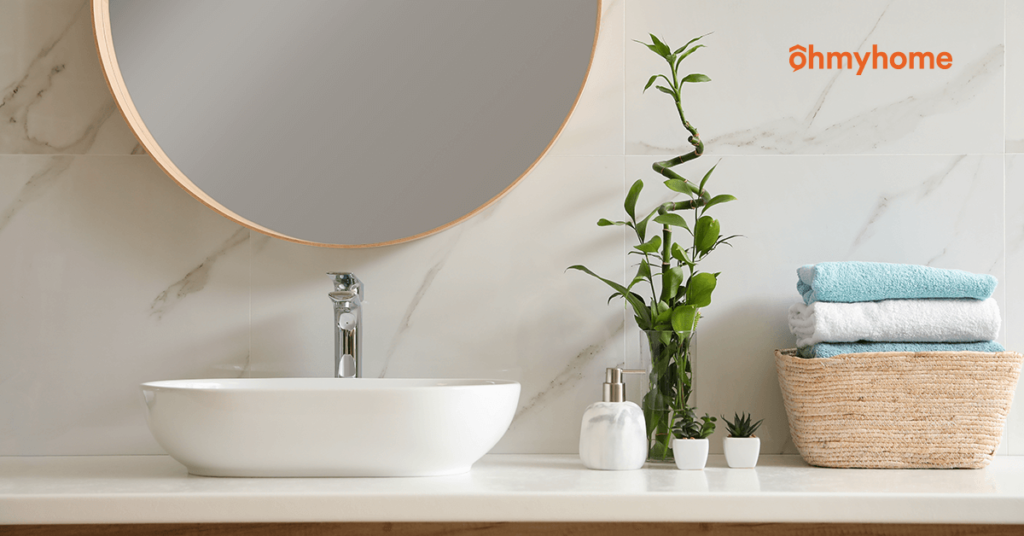
Now on to an essential sanitary fitting: washbasins. Thanks to the pandemic, everyone’s had to step up on their hand hygiene, so choosing a washbasin that’s not only functional but also aesthetically pleasing gets two thumbs up.
There are a few types of basins in the market. They can be a free-standing, wall-mounted, semi-recessed, under-counter, countertop, or sit-in basin. Of course, your choice must complement the style and theme of your bathroom renovation.
Today, you’ll find that countertop basins offer many stylish options. When chosen carefully, it can be the centrepiece of the room. Just remember that for a countertop basin, you’ll need ample counter room for it, so take note of any space constraints. Likewise, consider also who will be using the basins and where the basin connections are.
If you are living with children or the elderly, consider either a wall-mounted basin or a semi-recessed one as these are more practical and can be closer to whoever’s using them. There will also be fewer awkward spaces between corners or at the edges, reducing the cleaning required.
There are also various types of wash taps these days, from the regular lever to a motion sensor tap. You’ll find motion sensor taps in most malls and hotels in Singapore, so do scout around for inspiration for your bathroom. Just make sure it matches your basin’s colour, look, and texture.
Need professional help with your bathroom remodel? Consult our interior designers at 6886 9009 and get a free quote.
Frequently asked questions about sanitary fittings
What are sanitary fittings?
In general, sanitary fittings are items that are affixed or secured on walls or floors, such as bathtubs, sinks, showers, toilets, faucets and even vanities.
Which sanitary fitting is best?
Grohe and American Standard are two of the leading sanitary fittings providers worldwide. Ohmyhome Renovations has partnered with both these brands to provide customers with the best fittings for their homes.
How much does a bathroom renovation cost?
Minor renovation works for a bathroom, meaning the walls and tiles will remain in their original state, can cost around $550-$6,550. If there are moderate tiling and hacking works involved, it can be around $2,600-$8,600. Extensive renovation works (extensive hacking of walls and removal and replacement of existing tiles) can cost around $8,600-$35,500.





